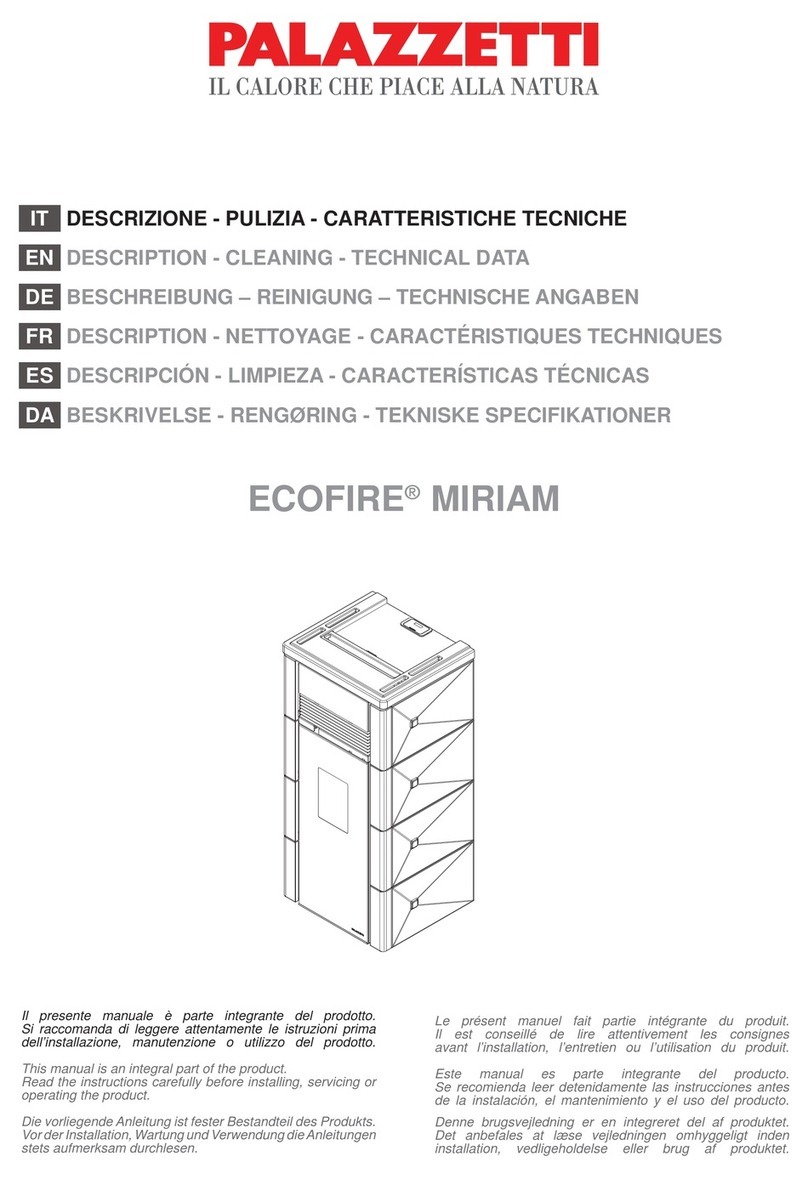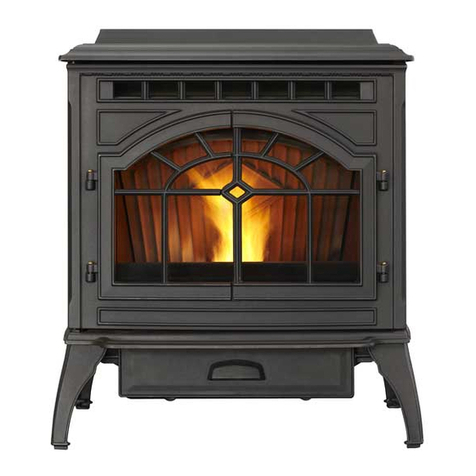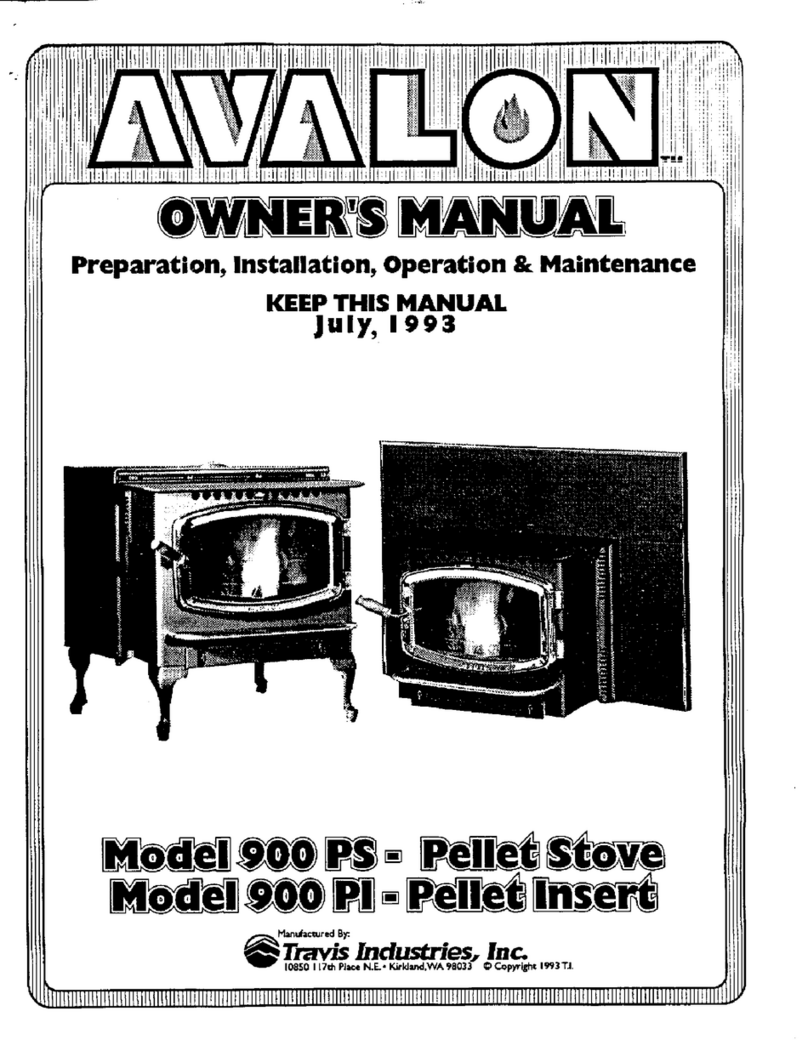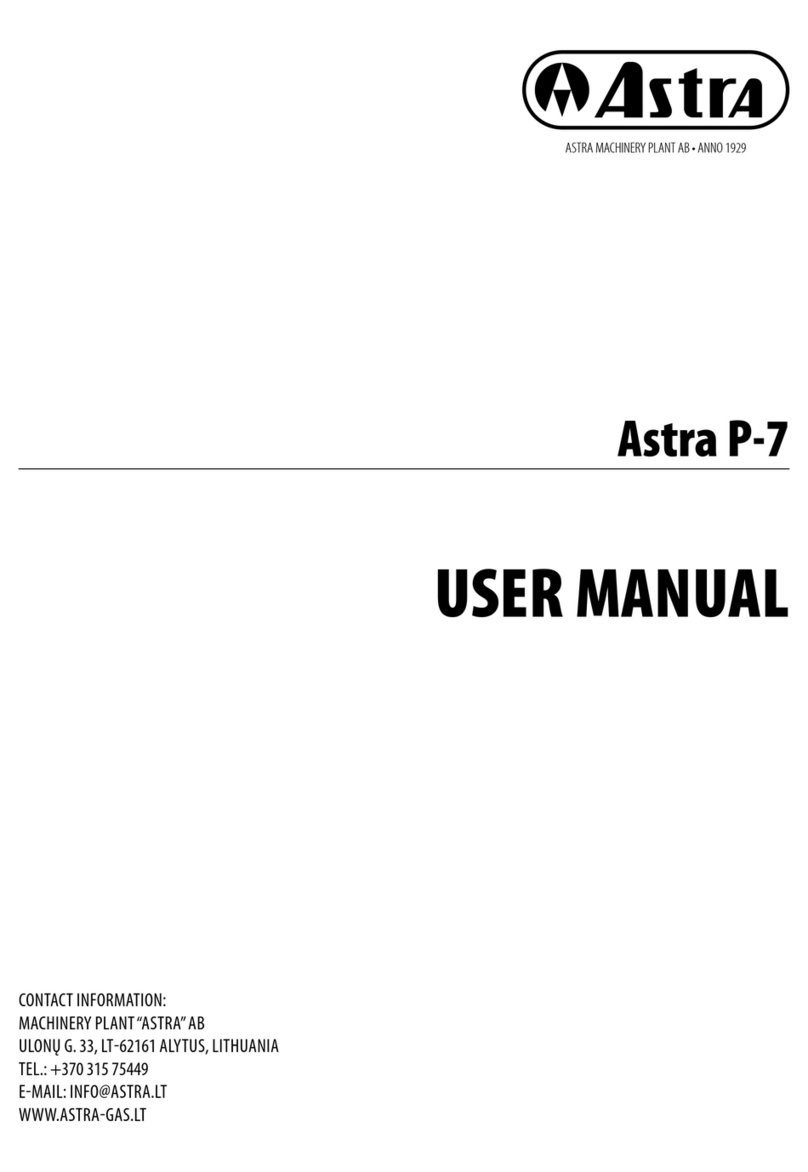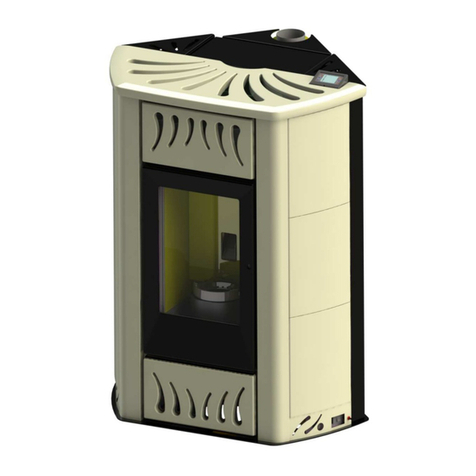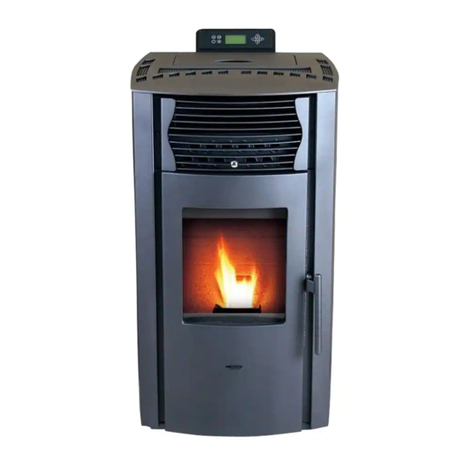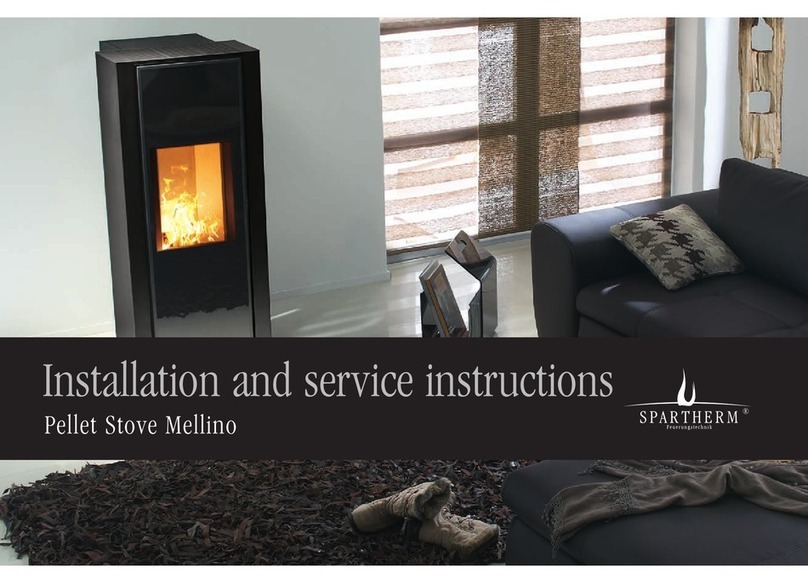
Bedienungsanleitung Steuerung S4_2006_09_25-neu.doc Page 2 / 83
© wodtke GmbH Tübingen. All rights reserved. Subject to change without notice. Month of issue xx/2007 Art. No. 950 281
Table of Contents
1Important General Information ..........................................................................................4
2System Requirements........................................................................................................5
2.1 Application scope and limits ..........................................................................................5
2.2 Minimum room sizes......................................................................................................6
2.3 Minimum operating time / External controller settings ...................................................7
2.4 Heat delivery to water with Waterplus appliances..........................................................7
2.5 Room and ambient temperature and humidity during operation....................................7
2.6 Connection to chimney..................................................................................................7
2.7 Combustion air supply...................................................................................................8
2.8 Pellet quality..................................................................................................................8
2.9 How to increase return flow temperature in Waterplus appliances................................8
2.10 Cleaning, care and servicing .........................................................................................8
2.11 Mains voltage / Power supply........................................................................................8
3Hardware and Functional Description ..............................................................................9
3.1 Type plate and serial number........................................................................................9
3.2 Scope of delivery...........................................................................................................9
4Functional Description.....................................................................................................10
5Operation...........................................................................................................................13
5.1 User levels...................................................................................................................13
5.2 Manual selection of thermal output..............................................................................14
5.3 Initial operation ............................................................................................................14
5.3.1 Special notes on the initial operation of Waterplus appliances.............................15
5.3.2 Filling the fuel hopper...........................................................................................15
5.3.3 External feed systems..........................................................................................15
5.4 Preparations / Lighting the stove .................................................................................16
5.5 Emergency operation with igniters...............................................................................16
5.6 Appliance types and programmes ...............................................................................17
5.7 Operating states & functional messages .....................................................................17
5.7.1 Overview of functional messages (normal operation)...........................................17
5.8 Manual operation / appliance switched off via I/O key.................................................17
5.8.1 Switching the appliance on via the I/O key...........................................................18
5.8.2 Switching the appliance off via the I/O key...........................................................18
5.8.3 Reset via the I/O key............................................................................................18
5.9 Automatic operation “HE OFF” ....................................................................................19
5.9.1 Switching the appliance on via an external controller...........................................19
5.9.2 Switching the appliance off via an external controller...........................................19
5.10 Automatic operation “TW OFF” (only for Waterplus appliances) .................................20
5.10.1 Switching on and off via “TW OFF”.......................................................................20
5.11 Preheating programme “A” ..........................................................................................20
5.12 Heating programme “H” (normal operation).................................................................21
5.12.1 Heating programme when thermal output is set manually....................................21
5.12.2 Modulation heating programme via external controller (2-stage)..........................22
5.12.3 Modulation heating programme via internal controller (safety function)................22
5.12.4 Modulation heating programme via external controller (continuous controller).....23
5.13 Cleaning Programme “R”.............................................................................................24
5.14 Fan after-run “G OFF”..................................................................................................24
5.15 Service prompt “WA” ...................................................................................................25
6Menu Level / Sampling of Functional Values .................................................................27
6.1 Output of On/Off signals or collective error messages (relay table).............................29
7Error Analysis, Error Codes, Safety Functions and Safety Devices ............................30
7.1 Overview of class 1 errors & error codes (safety-relevant)..........................................30
